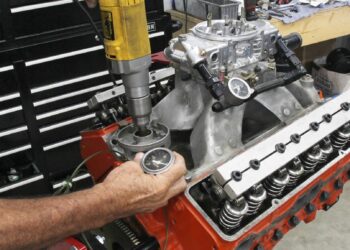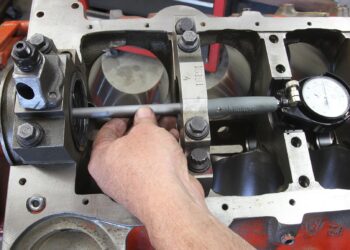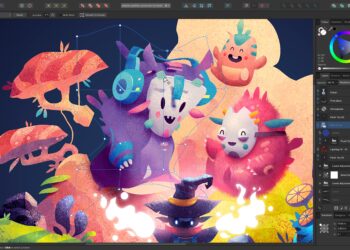image from: evosion.com.au
In a digital-first world, your website isn’t just a storefront—it’s your top-performing salesperson. Strategic web design not only attracts users but also converts them into loyal customers. This article reveals 10 international-standard design practices that drive high conversions and maximize revenue, particularly in high-CPC industries like SaaS, finance, healthcare, and e-commerce.
1. Clear and Compelling Value Proposition
Your homepage should immediately communicate what you offer and why it matters. A strong, benefit-driven headline with supporting visuals or stats captures attention within the first 5 seconds.
Pro Tip: Use heatmaps to test headline effectiveness and tweak based on scroll/drop-off behavior.
2. Mobile-First Responsive Design
With over 60% of traffic now mobile, responsive design is a conversion necessity. Google prioritizes mobile-first indexing, and users demand a seamless experience across all devices.
Best Tools: Figma, Webflow, or Tailwind CSS for fluid, responsive UI components.
3. Fast Load Speeds (Core Web Vitals)
Every second of delay drops conversion by ~7%. Google’s Page Experience algorithm penalizes slow sites, particularly in ad-driven verticals with high CPC.
Tactics:
- Optimize images (use WebP)
- Lazy load assets
- Minify JS/CSS
4. Conversion-Optimized CTA Buttons
Your Call-to-Action (CTA) buttons should be strategically placed, visually distinct, and action-oriented. A/B test size, color, placement, and microcopy regularly.
Example: “Get Your Free Demo” outperforms “Submit” or “Learn More” by up to 212% in SaaS tests.
5. Trust Signals and Social Proof
Showcasing client logos, testimonials, reviews, and industry certifications builds credibility and reduces friction.
Use On:
- Landing pages
- Product pages
- Checkout flows
6. Smart Use of White Space and Visual Hierarchy
A cluttered design overwhelms users. Clean layouts with strong visual hierarchy guide attention to key conversion areas.
Design Frameworks: Z-pattern and F-pattern layouts excel in content-heavy pages.
7. Sticky Navigation and Progress Indicators
Sticky menus and step indicators improve usability and reduce bounce. Particularly effective in e-commerce and long-form signup flows.
Tools: Use JavaScript libraries or no-code tools like Webflow for smooth UX.
8. Personalization and Behavioral Targeting
Dynamic content tailored to user behavior or location boosts relevance and ROI. From custom greetings to product recommendations, personalization can increase conversion by 20% or more.
Platforms: Segment, Optimizely, or HubSpot.
9. Exit-Intent Popups with Value Offers
Rather than intrusive popups, smart exit-intent overlays with offers (discounts, lead magnets) can recover up to 10–15% of abandoning visitors.
Key: Make sure they’re mobile-friendly and A/B tested.
10. SEO-Driven Structure with High-Intent Keywords
Well-structured sites built around buyer intent keywords improve both traffic and conversions. High-CPC industries like legal, insurance, or SaaS rely heavily on SEO-rich architecture.
Structure Tips:
- Use silo architecture
- Implement schema markup
- Optimize for featured snippets
Final Thoughts
The difference between a pretty website and a revenue-generating one lies in strategy. By implementing these high-converting web design practices, you can boost engagement, reduce friction, and turn traffic into transactions. Whether you’re targeting competitive U.S. markets or scaling globally, conversion-focused design is your edge.
Next Step: Run a UX audit of your current site. Identify which of these 10 practices you’re missing—and implement them today to unlock higher revenue and ad performance.














